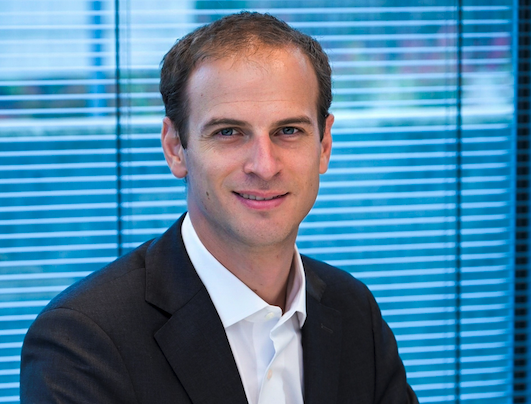Investments in Technology and Automation Pay Off for Retirement Plan Providers
| For Marcelo Soba | 0 Comentarios

Plan providers are making sizable investments in technology to enhance their suite of online resources to improve digital participant experiences and better connect with a younger generation entering the workforce, according to the latest Cerulli Edge—U.S. Retirement Edition.
From education-oriented designs to targeted communications, plan providers are leveraging the latest advances in digital technologies to complement or enhance human-provided services.
Plan providers are increasingly focusing on proactive means to encourage participants to attend to their finances.
Communications sent via email blasts and “nudges” can be sent to specifically targeted groups of participants using algorithms that determine who is most likely to benefit from certain recommended actions.
Recordkeepers and third-party providers of financial wellness programs have improved online interactions with participants by adopting “journey-based” website designs—guided experiences that help participants accomplish common online procedures, such as enrolling in the plan or making an initial investment selection, and improve the quality and relevance of financial education resources.
Employees may already be benefitting from these efforts. According to recent Cerulli research, 25% of plan participants now prefer to receive 401(k) account information via email, up from just 9% in 2020. 86% of participants find savings tools and calculators on their 401(k) website very or somewhat helpful for retirement planning compared to 77% in 2020. 72% express the same sentiment regarding the articles, videos, and webinars offered online by their plan provider—a 20% jump from 2020 (52%).
Plan providers are also continuing to expand and improve their presence on social media platforms, in part as a strategy to better engage with younger workforce entrants. “Generation Z exhibits a greater preference for digital communications and social media from their provider compared to participants overall,” states David Kennedy, senior analyst.
“Building a positive and encouraging experience with a recordkeeper at this early stage in Gen Z participants’ financial lives may make them more likely to continue an investment relationship in future decades,” he adds.
Over the long term, an agnostic and agile approach to choosing which communication channels to use is likely to be most effective for plan providers. Technological innovations go hand-in-hand with advances, and disruptions, in communication channels.
“As disruptors inevitably gain momentum to become major communication networks, providers should be prepared to adapt so that the relevance of their messaging isn’t undermined by the decreasing relevance of the channels used to deliver it,” concludes Kennedy.




